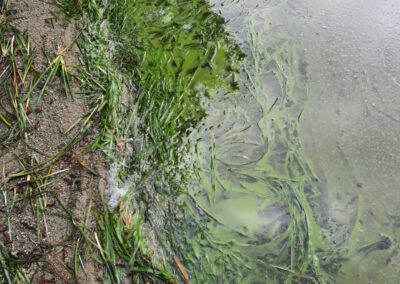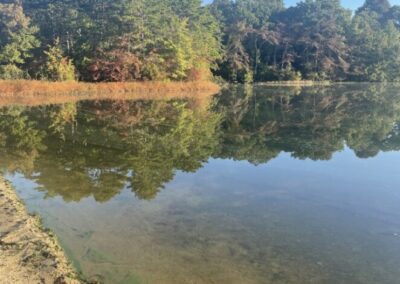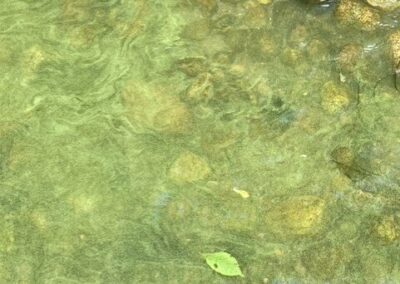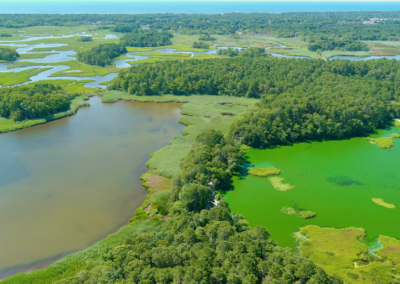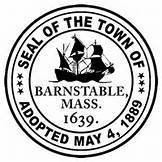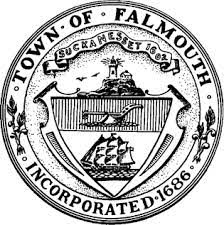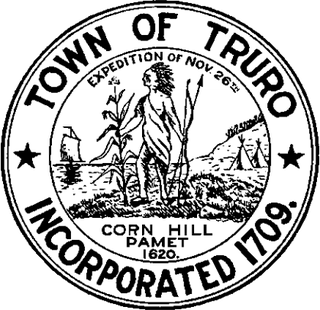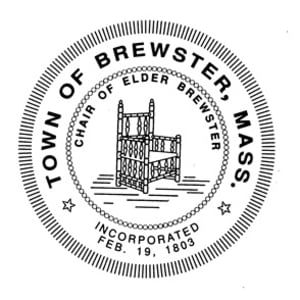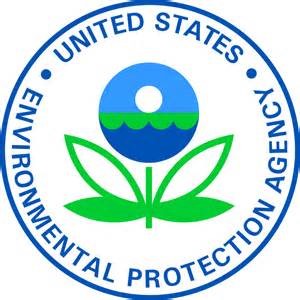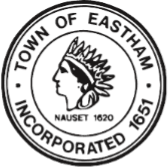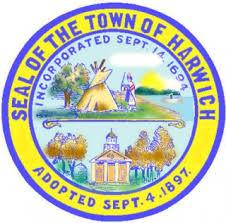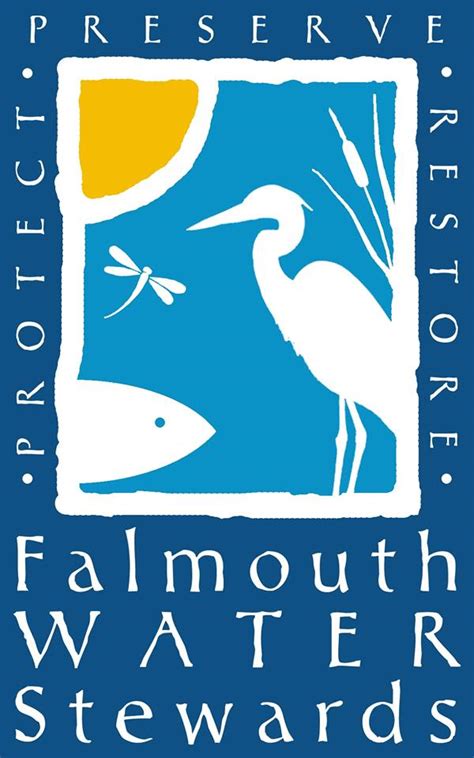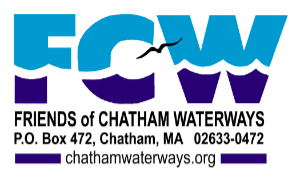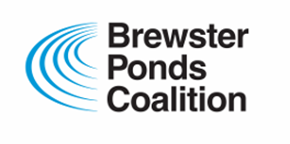Cyanobacteria
- Home
- /
- Our Work
- /
- Science
- /
- Community Science
- /
- Cyanobacteria
Cyanobacteria Monitoring Map
The 2025 cyanobacteria monitoring program has begun. For the list of ponds we will be monitoring this year, click here.
Remember, if you notice pond water is scummy, or discolored and may have a strong odor, avoid contact. If you see what you think might be a suspicious cyanobacteria bloom, notify your local health department and send a photo to cyano@apcc.org noting the location, day and time.
Definition of Terms
Children’s Exposure
Common Toxins Produced by Cyanobacteria
Cyanobacteria Bloom
Cyanobacteria Growth Rates
Cyano Status: Acceptable
Cyano Status: Potential for Concern
Cyano Status: Use Restriction Warranted
Cyanobacteria Scum
Dominance
Name
Phycocyanin
Phycocyanin Thresholds
Possible Pet Health Effects
Sample Date
Sample Location
Town
Town Advisory
Two Common Types of Cyanobacteria
Water Temp F
Program Overview
APCC’s Cyanobacteria Monitoring Program partners with officials at the town, county, state, and federal levels as well as local pond associations and residents to conduct cyanobacteria monitoring in Cape Cod ponds. Each season, data is collected biweekly and shared with local officials and the general public through reports, emails, and our interactive map of monitoring results. Results are communicated as either “Acceptable,” “Potential for Concern,” or “Use Restriction Warranted.” These terms are described in the Definitions section.
Goals
Our program goals are to:
- Raise public awareness of the health and ecological risks posed by cyanobacteria blooms
- Help inform proper responses to cyanobacteria concerns in order to promote public health
- Monitor priority ponds across the Cape
- Motivate public action to address the causes of harmful cyanobacteria blooms (HCB) by improving water quality
Photo Gallery
What are Cyanobacteria?
Cyanobacteria are an ancient group of photosynthetic microorganisms commonly found in freshwater systems on Cape Cod and worldwide. Under the right conditions, they can multiply rapidly and form harmful cyanobacteria blooms (HCBs). According to the Centers for Disease Control and Prevention (CDC), certain common cyanobacteria genera can produce toxins known as cyanotoxins that can be harmful to humans. HCBs have increased worldwide, including in the U.S., because of nutrient enrichment and rising water temperatures due to warming resulting from climate change.
What to do if you see a possible cyanobacteria bloom:
- Avoid contact and don’t let your dogs or children near the water.
- Take photos and make note of pond name, date, time, and location of the possible bloom.
- Report your observations to the local town department of health or natural resources.
- Inform APCC by emailing the above info about the possible bloom to cyano@apcc.org so we can consider adding the pond to our monitoring program if it’s not already included.
Monitoring Program Methodology
APCC’s cyanobacteria monitoring program provides scientifically sound data on cyanobacteria composition, concentrations, and predicted toxin concentrations. Our program uses and follows the Cape Cod Cyanobacteria Monitoring Program (CCCMP) Quality Assurance Project Plan (QAPP) 2024-2029, that was developed and based on the EPA’s Quality Assurance Project Plan (QAPP) for cyanobacteria monitoring, developed by EPA for the Cyanobacteria Monitoring Collaborative or CMC. The QAPP was developed by EPA Region 1 scientists, including Hilary Snook and others, with the goal of encouraging and facilitating widespread monitoring of cyanobacteria. The QAPP is based on methods created by EPA scientists and other cyanobacteria specialists, including Dr. James Haney, who is affiliated with the University of New Hampshire Center for Freshwater Biology, and Nancy Leland of Lim-Tex, Inc. The method involves taking concentrated samples of “Bloom Forming Colonies” (BFCs) through a 3-meter student plankton net tow and unconcentrated samples of “Whole Lake Water” (WLW) through a meter integrated tube.
APCC also utilizes the CyanoCasting method developed by Nancy Leland, which builds on the methods described in the QAPP by including metrics that allow for the forecasting of potential imminent cyanobacteria blooms. The forecasting ability of this method provides valuable advance warnings of potential HCBs to inform proactive responses, such as increased frequency of specific toxicity testing or precautionary advisories and postings of ponds to warn the public of imminent cyanobacteria blooms. The ability to predict and anticipate potential HCBs based on frequent monitoring is a unique and valuable feature of APCC’s program and stands in contrast to reactive responses involving measurement of cyanobacteria concentrations after a bloom has occurred.
Beginning in 2022 as a complement to APCC’s well-established monitoring program, the Barnstable County Department of Health and the Environment (BCDHE) Water Quality Lab expanded its cyanobacteria toxin testing capabilities to provide local officials with precise toxin measurements from ponds pre-identified by APCC as potentially containing cyanobacteria toxin levels of concern. APCC’s proactive cyanobacteria monitoring data will be used to flag ponds of concern. Beginning in 2025, APCC will be pre-screening flagged ponds for toxin using a handheld digital test strip reading device. This test strip reader will allow APCC to analyze water samples and receive results for toxin testing the day of sampling. If toxin content over a certain threshold (≥4 ppb microcystin) is detected with the strip test reader the sample will be sent to the BCDHE for confirmatory testing to determine whether an advisory is warranted. The BCDHE Water Quality Lab will then pass on its results and recommendations to local officials and APCC. These results will supplement data collected and communicated by APCC.
Use Restrictions and Advisories
Use restrictions and advisories are issued at the discretion of the municipal health agents. As of this date, there is no commonly utilized set of guidelines in use by health agents across the Cape that provides consistency in posting criteria. As a result, members of the public are advised to contact the health agent in their town (Cape and Islands Health Agent Contact List PDF) to determine the official status of the pond in which they are interested. Ponds exceeding MDPH standards will be marked in red on APCC’s map, but this coloration does not always mean that a use restriction has been issued by the town. APCC will update our list of restricted ponds as we are informed by the respective towns, but APCC does not speak for the towns unless otherwise and explicitly noted on our posting map.
APCC’s recommendations for removing a recreational use advisory will mirror the reopening guidance from MDPH. For a microcystin toxin exceedance or cyanobacteria scum, APCC will recommend lifting a recreational use advisory or closure after two consecutive tests a week apart show microcystin concentrations less than 8 parts per billion (ppb) and little to no presence of cyanobacteria bloom material, depending on the basis for the original restriction. Health agents are solely responsible for the issuance and removal of recreational use advisories or closures related to water clarity, such as clarity less than 4 feet.
Interpretation of Results
Risk levels are based on guidance from the World Health Organization, Environmental Protection Agency, Massachusetts Department of Public Health, Nancy Leland of Lim-Tex and Cape and Islands Health Agents. Combining APCC and Barnstable County Laboratory data with MDPH guidance, APCC will communicate and display results on the interactive map according to the table below:
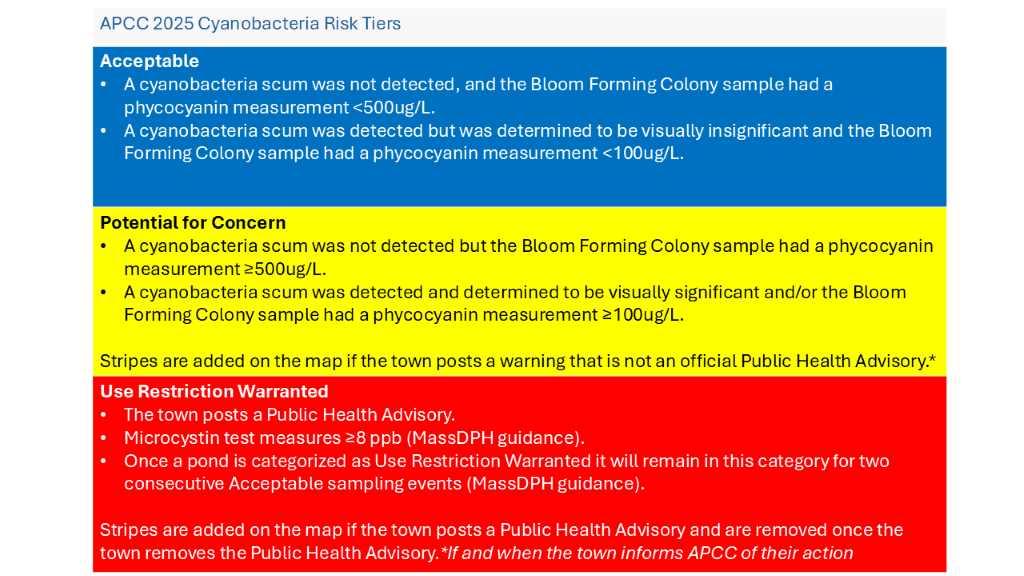
Information and Resources:
Following are some links to various agencies who provide more information about cyanobacteria, harmful cyanobacteria blooms (HCBs) and cyanotoxins.
Interstate Technology and Regulatory Council (ITRC)
A Visual Guide to Common Harmful Cyanobacteria
Massachusetts Department of Public Health
Center for Disease Control
U.S. Environmental Protection Agency
Cyanobacteria Monitoring Collaborative
University of New Hampshire – Dirty Dozen
Program Partners
Funding generously provided by:
Mary Louise & Ruth N. Eddy Foundation and Cape Cod 5
Children’s Exposure
Due to lower body masses, children are more susceptible to cyanotoxins at lower concentrations than adults. Here is the link to the CDC “Harmful Algal Bloom Associated Illnesses” https://www.cdc.gov/habs/illness-symptoms-freshwater.html for more information on exposure and symptoms of health impacts from cyanotoxins.
Common Toxins Produced by Cyanobacteria
Dermatoxin – A toxin that is a skin irritant. The most commonly occurring dermatoxin, lipopolysaccharide, is unregulated by the state.
Hepatotoxin – A toxin that can cause liver damage.
Microcystin – A type of hepatotoxin that can cause liver damage and is the primary cyanotoxin regulated by the Massachusetts Department of Public Health.
Neurotoxin – A toxin that can cause neurological damage. Anatoxin and beta-N-methyl amino-L-alanine (BMAA) are known neurotoxins that are unregulated by the state, but are currently being studied by cyanobacteria researchers.
Cyanobacteria Bloom
Cyanobacteria blooms occur when cyanobacteria multiply quickly in a pond or lake. A cyanobacteria bloom may occur below the pond’s surface, or it may be visible on the pond surface as floating scum, foam, or a mat. Cyanobacteria blooms often occur when the water is warm, stagnant, and rich in nutrients from sources such as septic systems or stormwater. Cyanobacteria blooms can make people and animals ill (https://www.cdc.gov/habs/materials/factsheet-cyanobacterial-habs.html).
Cyanobacteria Growth Rates
APCC tracks changes in cyanobacterial concentrations between each sampling event. The conditions may lead to a cyanobacterial bloom formation or microcystin exceedance when there is significant cyanobacterial biomass measured and there is a rapid growth rate. APCC will recommend weekly testing of ponds where APCC’s sample has a confirmed toxin producing species with a significant biomass and a net daily cyanobacteria growth rate greater than or equal to 0.10 (or 7 day doubling rate.)
Cyano Status: Acceptable
Testing results indicate low risk for potential exposure to cyanobacterial toxins. At the time of sampling there is either no visible cyanobacteria scum and phycocyanin measurements are <500 ug/L or an insignificant cyanobacteria scum is detected and phycocyanin concentrations are <100 ug/L. If an insignificant scum is detected this observation will be displayed in the pop-up box of each pond on the map. The pond is colored blue on the map.
Action: Biweekly sampling continues.
Cyano Status: Potential for Concern
At the time and place of sampling, results indicate either moderate risk for potential exposure to cyanobacterial toxins approaching, but below state standards, or a likelihood for increasing cyanobacteria risk over the next days to weeks. A pond is assigned this status if a significant cyanobacteria scum is detected, phycocyanin measurements exceed 500 ug/L or if an insignificant cyanobacteria scum is detected and phycocyanin measurements exceed 100 ug/L. While these conditions may pose low health risks to most adults, risks are higher for children, or pets. Children and pets are more likely to be exposed to toxins if contaminated water or scum are incidentally ingested. Children may inadvertently consume cyanobacterial cells while swimming or when they interact with scum in the sand on the shore. Pet exposure can result from directly drinking pond water, grooming after swimming, or eating scum on the shore. Due to lower body masses, children and pets are more susceptible to cyanobacterial risks than adults. The pond is colored yellow on the map.
Action: Weekly monitoring starts.A “Pet Advisory” may be posted in accordance with each town’s policies. In this case, the map is yellow with hatch marks.
Cyano Status: Use Restriction Warranted
Monitoring results at the time and place of sampling indicate a high risk for potential exposure to cyanobacterial toxins, based on one or more of the following criteria: 1) MDPH guidance exceedance of microcystin 8 parts per billion (ppb), 2) Official Town Advisory. The pond is colored red on the map.
Action: Weekly monitoring continues. The pond will move out of the Use Restriction Warranted category after two consecutive “Acceptable” sampling events. If an official town advisory is posted the map is red with hatch marks.
Cyanobacteria Scum
This is a floating scum, foam, or mat composed of cyanobacteria. A cyanobacteria scum is one indicator of a cyanobacteria bloom and can be green, blue, brown, or even red in color (https://www.cdc.gov/habs/pdf/cyanobacteria_faq.pdf ). Cyanobacteria scum can also collect along the shore as a scum line when winds blow the scum towards the shore.The presence of a cyanobacteria scum can indicate high toxin levels at that location. MDPH recommends avoiding contact with the pond for a minimum of two weeks after a significant cyanobacteria scum has formed and issuance of an advisory (https://www.mass.gov/doc/guidance-for-local-health-on-responding-to-cyanohabs/download). Ponds with limited or less significant cyanobacteria scums will be marked in the Potential for Concern category on APCC’s interactive map if phycocyanin levels are ≥100ug/L and ponds with significant cyanobacteria scums will be marked in the Potential for Concern category regardless of phycocyanin levels. If a pond has a cyanobacteria scum at one location but no cyanobacteria accumulations at a different location, the location with the cyanobacteria scum may present a higher risk to pond users. However, as conditions in ponds can change rapidly, APCC recommends following the CDC and MDPH recommendation for ponds with unknown toxin risks: “When in doubt, stay out.” Other types of scum can be caused by pollen or harmless algae; in such cases APCC labels them as such in the notes section to avoid confusion. If you find a possible cyanobacteria scum near the shore of your pond, take a photo and inform your town health department and APCC at cyano@apcc.org.
Dominance
Indicates which type of cyanobacteria is most abundant in a given sample. A “mixed” dominance sample indicates roughly equal abundance of different types. This information is important because different types of cyanobacteria produce different types of cyanotoxins at different rates.
Name
Name of the lake or pond selected. Note that lakes and ponds may have multiple names. The name listed is the most commonly used.
Phycocyanin
Phycocyanin is a blue protein pigment produced by cyanobacteria to capture light energy for photosynthesis. APCC measures the concentration of this pigment in collected water samples to track the increase and decrease of cyanobacteria biomass in the water.
Phycocyanin Thresholds
In addition to visible cyanobacteria scums, APCC uses phycocyanin measurements to gauge the risk of potential toxin exposure in a pond. Using data collected at 148 sampling events from 2022-2024 where both phycocyanin and toxin data were available, APCC determined two phycocyanin thresholds. If no cyanobacteria scum is detected, a pond is flagged as “potential for concern” if the phycocyanin levels are ≥500 ug/L, which is the average concentration where we started seeing low levels (<1 ppb) of toxin. If an insignificant cyanobacteria scum is detected, meaning there is visual evidence of cyanobacteria, APCC is slightly more concerned and uses a lower phycocyanin threshold of 100 ug/L, which is the lowest phycocyanin concentration observed at a sampling event where toxin levels exceeded the MDPH guideline of 8 ppb.
Possible Pet Health Effects
Pet exposure can be from drinking pond water or grooming after swimming. Due to lower body masses, pets are more susceptible to impacts at lower concentrations than adult humans. Pets exposed to suspected cyanotoxins should be rapidly assessed by a veterinarian.
Sample Date
The date the sample was taken.
Sample Location
The location of sample collection on or around the pond. Note that samples collected by boat are classified as “Pond Center” and are from the deepest point in the pond and not necessarily the geographic center. Samples collected at the shoreline are roughly indicated by North, South, East or West. It’s important to note that floating cyanobacteria are easily moved by the wind and tend to congregate on windward shorelines.
Town
The town in which the pond exists. If the pond is within more than one town, the town indicated is the one where the sample was collected.
Town Advisory
The posting of advisories for cyanobacteria concerns are determined by a town’s health department. Typically, a town will post signage at a pond’s public access point(s). If a town posts an advisory and informs APCC it has taken such action, black hashmarks are added to the pond on the map. These hashmarks will be removed when APCC has been informed by the town that the advisory has been lifted. For Potential for Concern ponds (yellow), the town of Barnstable uses their own criteria to post “Pet Advisories.” If the town of Barnstable has posted a Pet Advisory and informed APCC of this decision, APCC will add black hashmarks to these ponds until APCC has been informed that the Pet Advisory has been lifted. See the Barnstable Water Resources website for more information on the Pet Advisory.
Two Common Types of Cyanobacteria
Dolichospermum – A genus of cyanobacteria very common in Cape Cod ponds. It can produce hepatotoxins, dermatoxins, and neurotoxins, but is known to produce Microcystin at relatively low levels.
Microcystis – A genus of cyanobacteria that is common in Cape Cod ponds. It can produce hepatotoxins, dermatoxins, and neurotoxins, but is known to produce Microcystin at relatively high levels.
Water Temp F
This reading is the temperature of water at the pond surface at the sample location. All temperature data provided here is recorded in degrees Fahrenheit.

